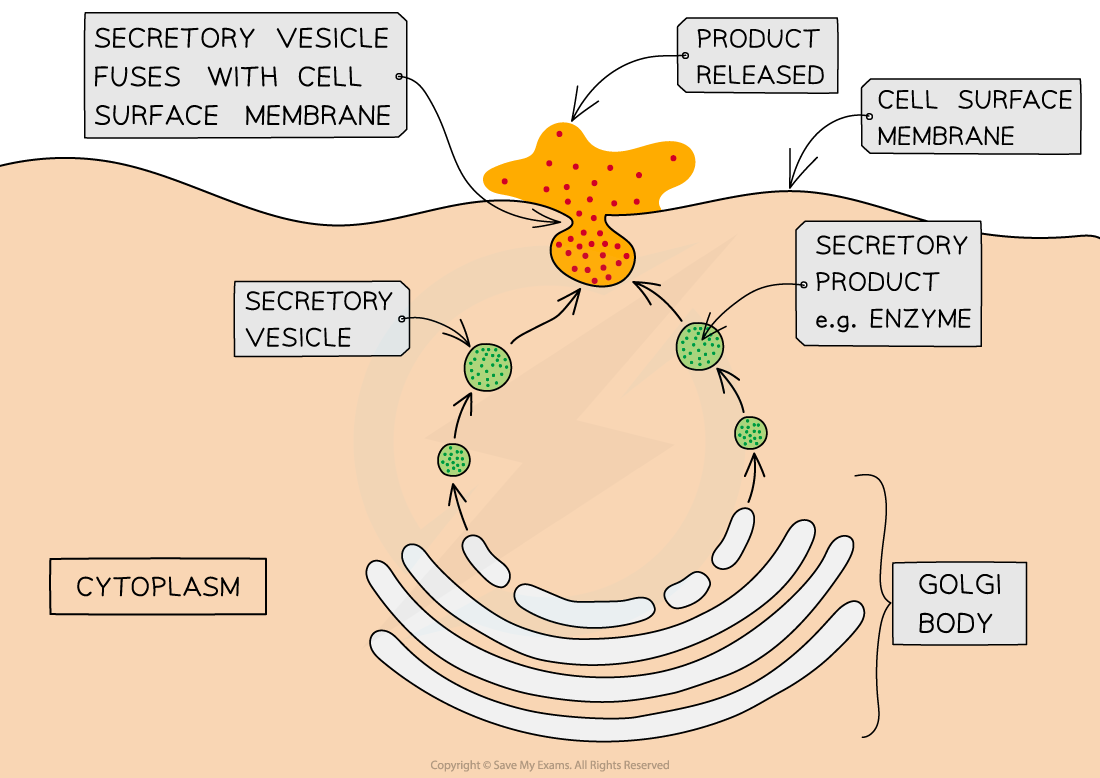Active Transport (Edexcel A Level Biology (A) SNAB) : Revision Note
Active Transport
Active transport is the movement of molecules and ions through a cell membrane from a region of lower concentration to a region of higher concentration
Active transport requires energy in the form of ATP from respiration to move substances against their concentration gradient; hence this is an active process
Active transport requires carrier proteins
Each carrier protein is specific to a particular type of molecule or ion
Energy is required to allow the carrier protein to change shape; this transfers the molecules or ions across the cell membrane
The energy required is provided by ATP (adenosine triphosphate) produced during respiration
The ATP is hydrolysed to release energy

Active transport moves substances across a membrane from low to high concentration. Note that ATP is required for carrier proteins to change shape.
Examples of active transport include
Reabsorption of useful molecules and ions into the blood after filtration into the kidney tubules
Absorption of some products of digestion from the digestive tract into the blood
Loading sugar from the photosynthesising cells of leaves into the phloem tissue for transport around the plant
Loading inorganic ions from the soil into root hair cells
Endocytosis
Some molecules are too large to travel via membrane proteins, e.g.
Proteins
Lipids
Some carbohydrates
In such cases a cell can surround a substance with a section of the cell surface membrane
The membrane engulfs the substance and pinches off inside the cell to form a temporary vacuole with the ingested substance contained inside
This is endocytosis
Phagocytosis is an example of endocytosis
Endocytosis is an active process and requires a source of energy

Phagocytosis is an example of endocytosis; the cell surface membrane extends around a pathogen, engulfing it and enclosing it within a temporary vacuole inside the cell
Exocytosis
Some substances produced by the cell need to be secreted, such as hormones, some enzymes, and lipids
Vesicles containing the substance pinch off from sacs of the Golgi apparatus
These vesicles are moved toward the cell surface and fuse with the cell surface membrane to be released outside the cell
This is exocytosis
Exocytosis is an active process and requires a source of energy

The active processes of endocytosis and exocytosis

Exocytosis allows the bulk secretion of substances from cells
Examiner Tips and Tricks
Be careful not to get carrier proteins and channel proteins confused when answering questions on active transport. Active transport requires carrier proteins (transmembrane transport proteins that undergo conformational change) not channel proteins.

You've read 0 of your 5 free revision notes this week
Sign up now. It’s free!
Did this page help you?
